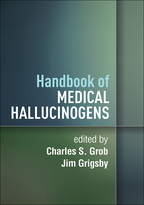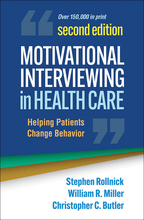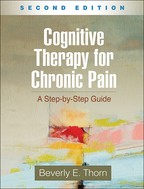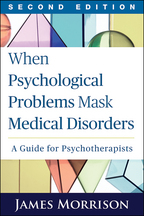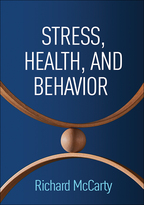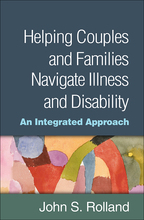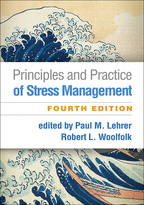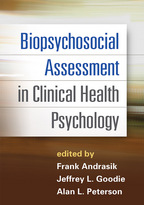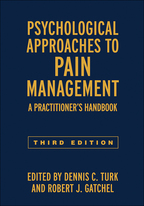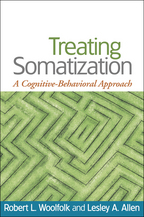Minding the Body
Clinical Uses of Somatic Awareness
Donald Bakal
Paperback
Paperback
orderJanuary 5, 2001
ISBN 9781572306615
Price: $39.00 228 Pages
Size: 6" x 9"
Copyright Date: 1999
There is growing scientific evidence that how we experience our bodies can powerfully influence whether we get sick, how we get sick, and how we manage illness. Somatic awareness—the ability to perceive, interpret, and act on the basis of internal bodily sensations—is at the cutting edge of the mind-body interface. Such awareness is a key factor in many forms of self-regulatory therapy, including relaxation and biofeedback. Grounded in the existing research, this book identifies the somatic experiences associated with health and well-being and describes how awareness of these states can be a powerful clinical tool. Integrating empirical data, case examples, and pointers for practice, Bakal uses a psychobiological framework to build a much-needed bridge between traditional and alternative health care approaches.
The book first enumerates the physiological, cognitive, and emotional variables that underlie internal bodily experience, presenting research that closely links specific subjective states to improved health and healing. Somatization symptoms are then shown to result from an insufficient awareness of inner physical states: Many individuals only “notice” the body when their reactions reach symptomatic or illness levels. Bakal describes the clinical applications of these findings for such anxiety- and pain-related disorders as migraine, unexplained dizziness and shortness of breath, benign chest pain, and asthma. Thought-provoking findings on placebos and self-regulation are discussed, and the book suggests ways that somatic awareness may enable patients to actively harness the placebo effect and achieve significant symptom control.
Broadening the scope of the discussion to include immune system illnesses, Bakal shows how reducing bodily tension, fatigue, and stress through somatic awareness may play a significant role in the clinical management of arthritis, multiple sclerosis, and cancer. The book's final chapter looks at therapeutic touch, biofeedback, and breathing retraining. A brief overview of each modality is provided, and general principles are delineated for how patients can be guided to develop and use conscious awareness of somatic states to promote their physical well-being.
Synthesizing scientific data from many different areas of research, the book makes the dimensions of somatic awareness understandable to clinicians in a range of settings. Its clear, accessible style will enhance its appeal to a broad audience of health psychologists, behavioral medicine specialists, and other mental health and medical professionals interested in holistic health care approaches.
The book first enumerates the physiological, cognitive, and emotional variables that underlie internal bodily experience, presenting research that closely links specific subjective states to improved health and healing. Somatization symptoms are then shown to result from an insufficient awareness of inner physical states: Many individuals only “notice” the body when their reactions reach symptomatic or illness levels. Bakal describes the clinical applications of these findings for such anxiety- and pain-related disorders as migraine, unexplained dizziness and shortness of breath, benign chest pain, and asthma. Thought-provoking findings on placebos and self-regulation are discussed, and the book suggests ways that somatic awareness may enable patients to actively harness the placebo effect and achieve significant symptom control.
Broadening the scope of the discussion to include immune system illnesses, Bakal shows how reducing bodily tension, fatigue, and stress through somatic awareness may play a significant role in the clinical management of arthritis, multiple sclerosis, and cancer. The book's final chapter looks at therapeutic touch, biofeedback, and breathing retraining. A brief overview of each modality is provided, and general principles are delineated for how patients can be guided to develop and use conscious awareness of somatic states to promote their physical well-being.
Synthesizing scientific data from many different areas of research, the book makes the dimensions of somatic awareness understandable to clinicians in a range of settings. Its clear, accessible style will enhance its appeal to a broad audience of health psychologists, behavioral medicine specialists, and other mental health and medical professionals interested in holistic health care approaches.

